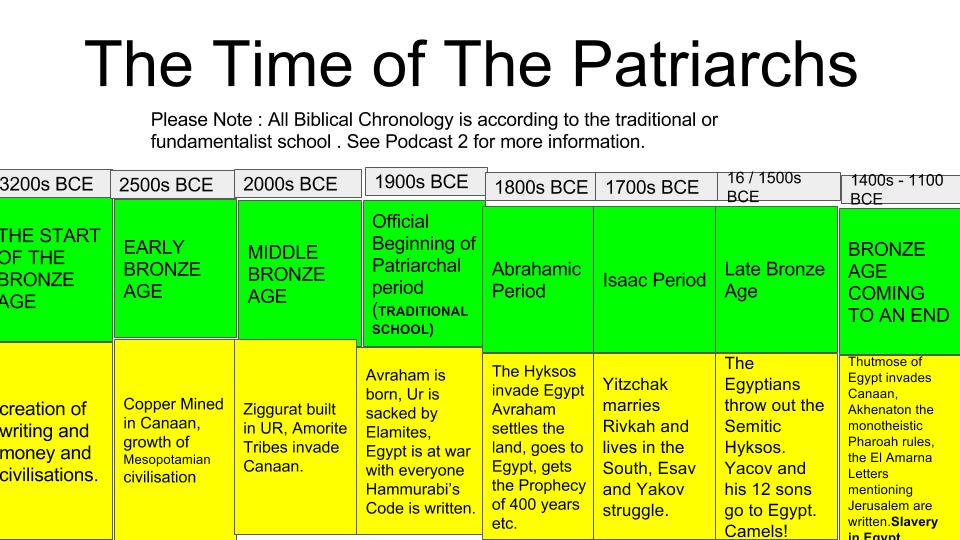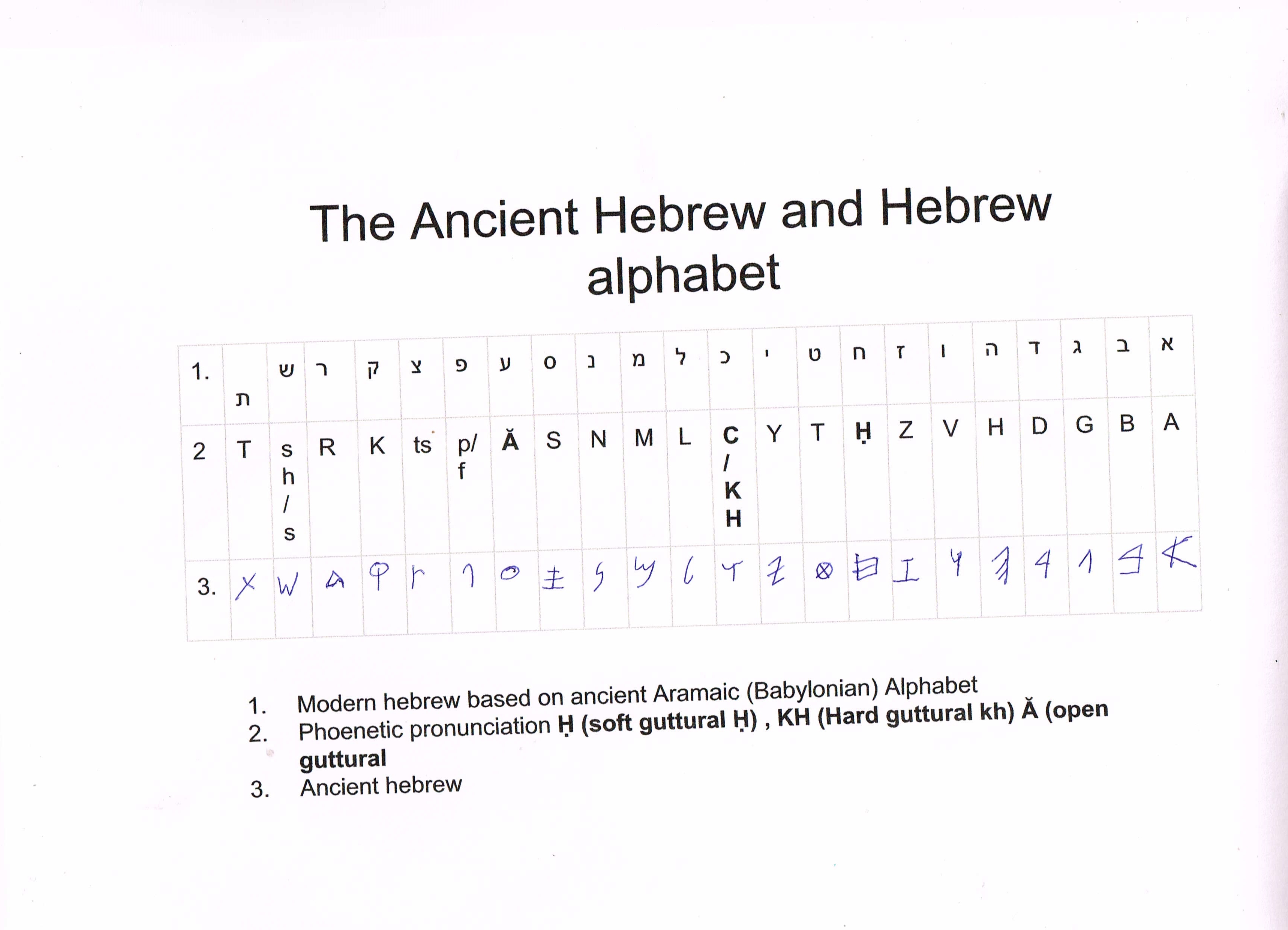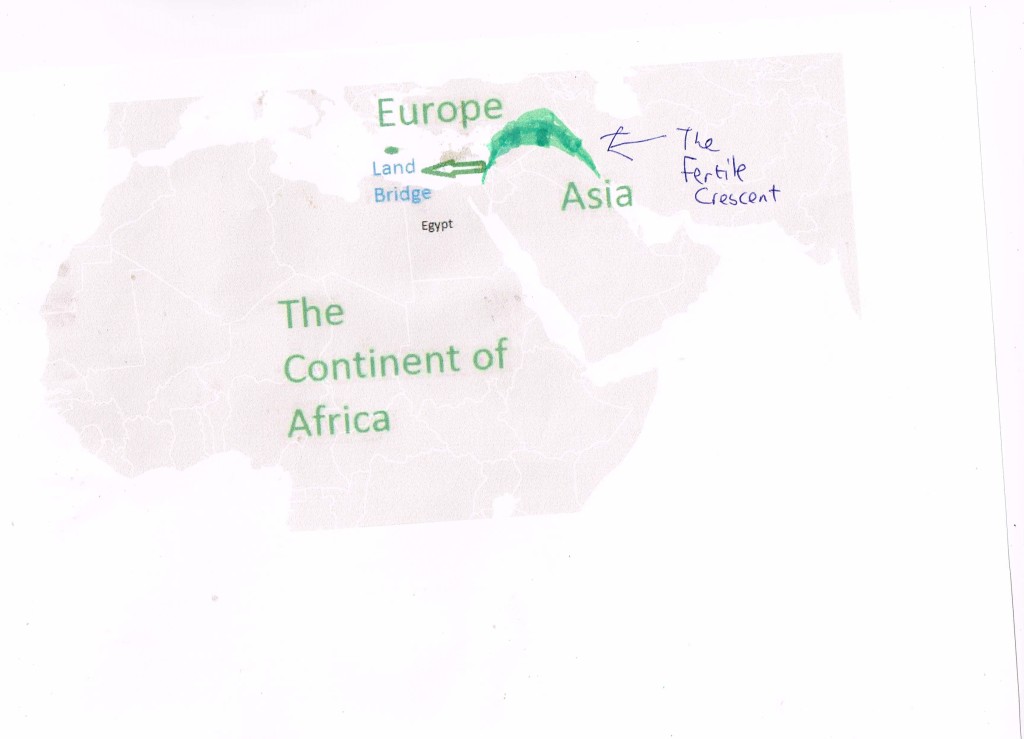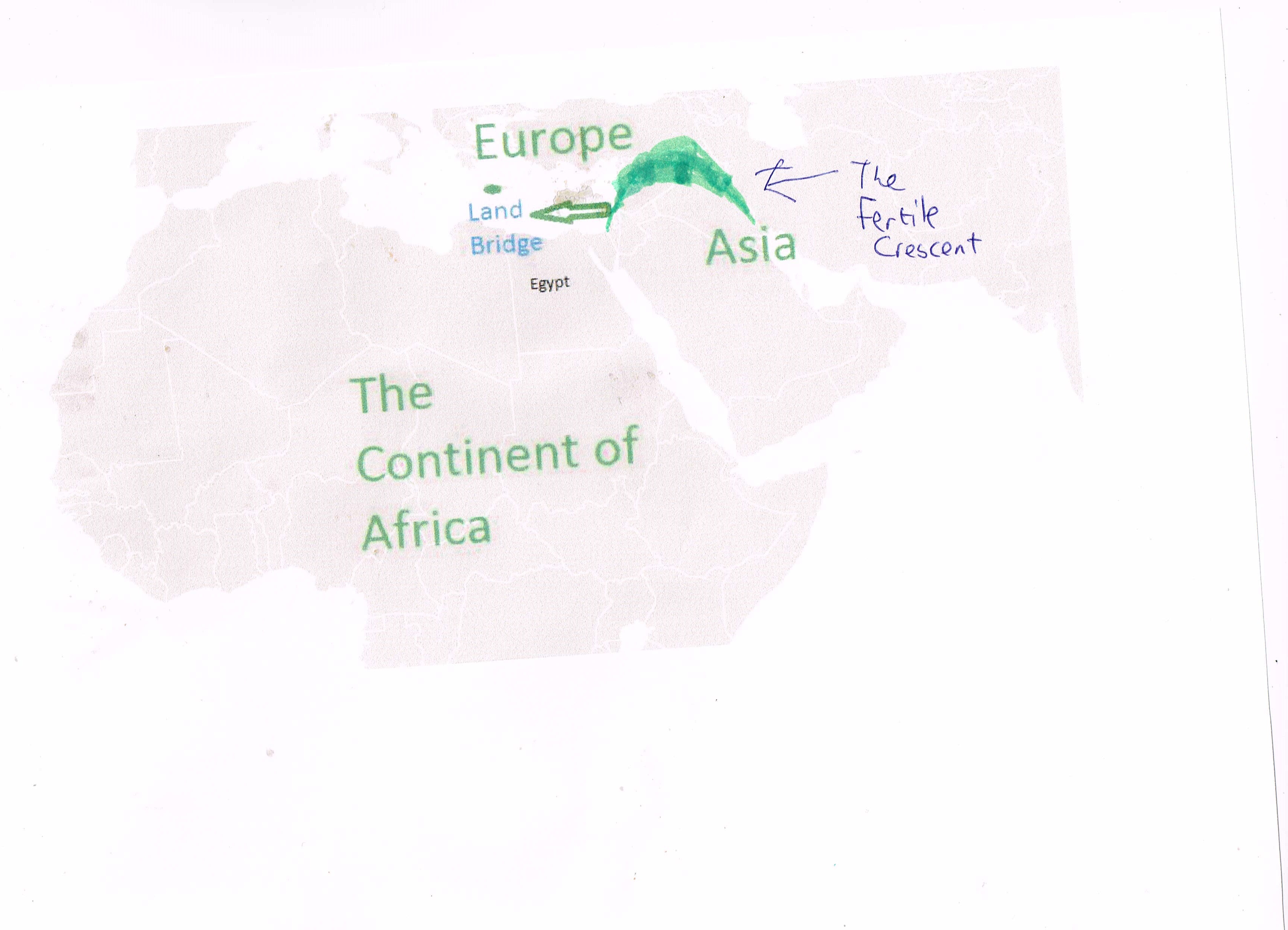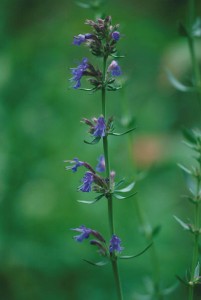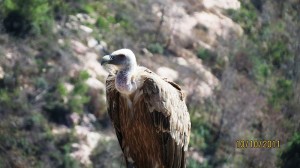
A Griffon Vulture at the Hai Bar Nature Reserve near Haifa
“I Lifted you up on the Wings of the Nesher and brought you to me.” (Exodus 19:4)
In this week’s Torah Portion we discuss Moses going up Mount Sinai where the Eternal tells Moses to tell the Jewish People their divine purpose; to be a holy nation. He tells Moses to tell the Jewish people that he carried them on the wings of a bird called, in Hebrew, the Nesher.
Why I have n’t translated ‘Nesher’
The King James Bible translates ‘Nesher’ as eagle. This is mostly based in a European tradition identifying the Eagle as ‘The King of Birds’, the Eagle was the symbol of the Roman Empire and the Russian Empire. There is some zoological evidence to suggest that members of the Eagle family carry their children, though generally birds do not do this. However this identification does not fit other Biblical requirements. For instance, the Nesher, according to Micah 1:16 is supposed to be bald. Eagles (except for the American Bald Eagle which is not native to Israel an is not technically bald) do not tend to be bald, Vultures are. Vultures in Ancient Near Eastern folk tradition were associated with kingship. Vultures are also far larger than Eagles and have a larger ability to ‘pick stuff up’. One species, the Lammergeier or ‘Lamb Carrier’ in German, was even rumoured to carry away children.
Symbolism
The Symbolism of the Nesher is that its large wings are supposed to symbolise the eternal protection of the Eternal, know in Hebrew as the Shechinah.
For a more extensive explanation I encourage you to read Rabbi Natan Slifkin’s article on the subject.

